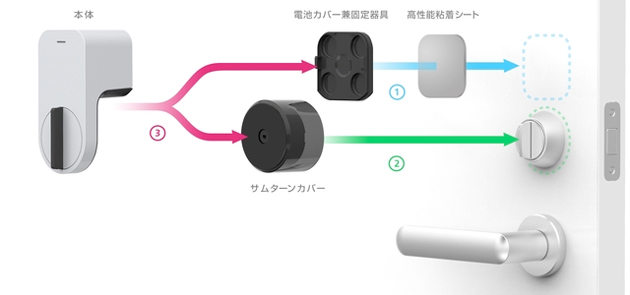
3D printing started producing small pieces mad of resin. With time, this technology has become commonplace and now we can buy a 3D printer in a kit for $600. We realize to what extent this technology is being incorporate in our lives when we stumble upon one of these shops that produce a mini-you printed full-color in 3D for $100. Then, suddenly, we become aware that it is becoming mainstream.
However, not all technologies have the same transformative power. Some of them, radical and disruptive innovations can destroy economic empires, change our habits and create new meanings and social constructs in a matter of years. If you are not convinced of this, look into your pockets, what do you find there? A Nokia or a Blackberry? Chances are that you use an iPhone or Android based device. Only a few years ago these companies had market shares approaching 60% or 80%. Now, who do you know that uses a Nokia?
Is 3D printing one of this?
In many ways 3D printing as an innovation process resembles previous ones such as LCD TVs, PDAs (now called smartphones), … a pattern typical of disruptive innovation. A new technology appears that beginning as a toy, after a few iterations covers 70% of our needs with a huge price gap and eventually replaces and redefines a whole sector. This has been the case of LCD with CRT, SDD with hard drives or smartphones with mobile phones and so many other examples.
Always the puzzling story is that we know the outcome, we all know it. There is little doubt that eventually the old technology is going to be replaced. Looks this familiar? Do you think it fits well the pattern of 3D printing? Probably yes.




 Probablemente nos sería difícil encontrar que en algún momento de su historia no ha intentando desarrollar un proceso de emprendimiento inspirado en el modelo de Silicon Valley.
Probablemente nos sería difícil encontrar que en algún momento de su historia no ha intentando desarrollar un proceso de emprendimiento inspirado en el modelo de Silicon Valley.